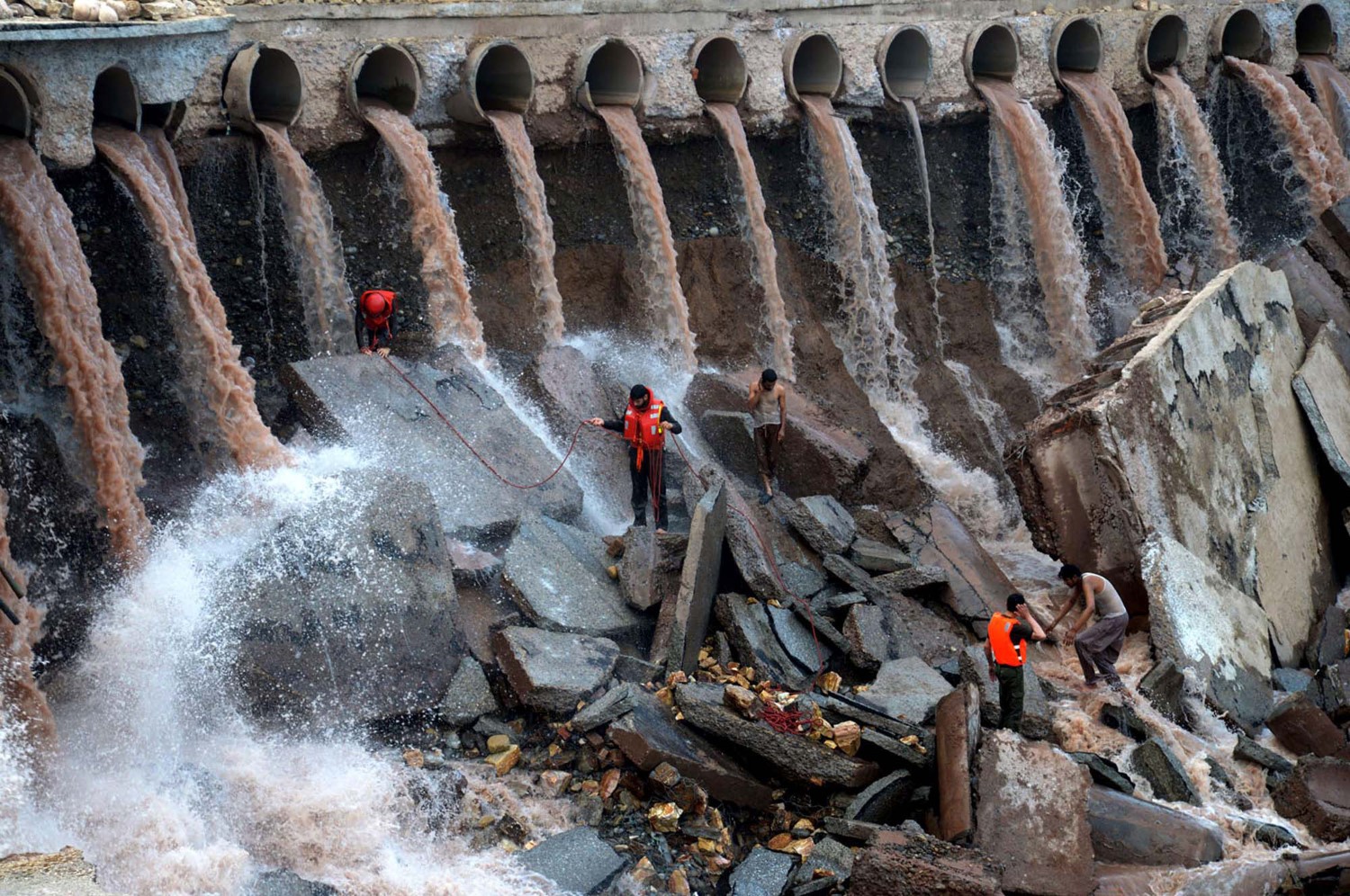Read Time:7 Minute, 33 Second
What is the cost of climate change to South Asia’s transport sector?
How is the concept of resilience applied to transport infrastructure?
How do we start analyzing road resilience?
According to a 2019 study, flooding accounts for over US$ 9.6 billion of direct disaster damages to the world’s roads and railways every year, where South Asia’s level of exposure to such hazard impacts is very critical.

What solutions can be implemented in South Asia?
What are common issues for road standards in South Asia?

The writer is Regional Transport Specialist, ADPC, and can be reached at: milad.zamanifar@adpc.net
